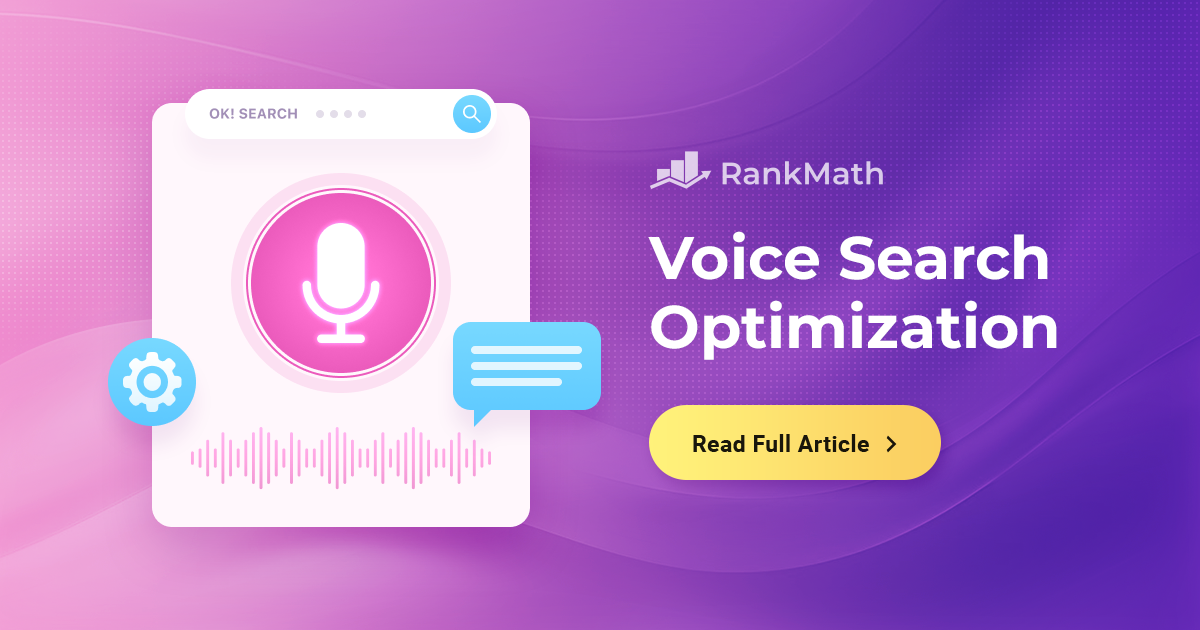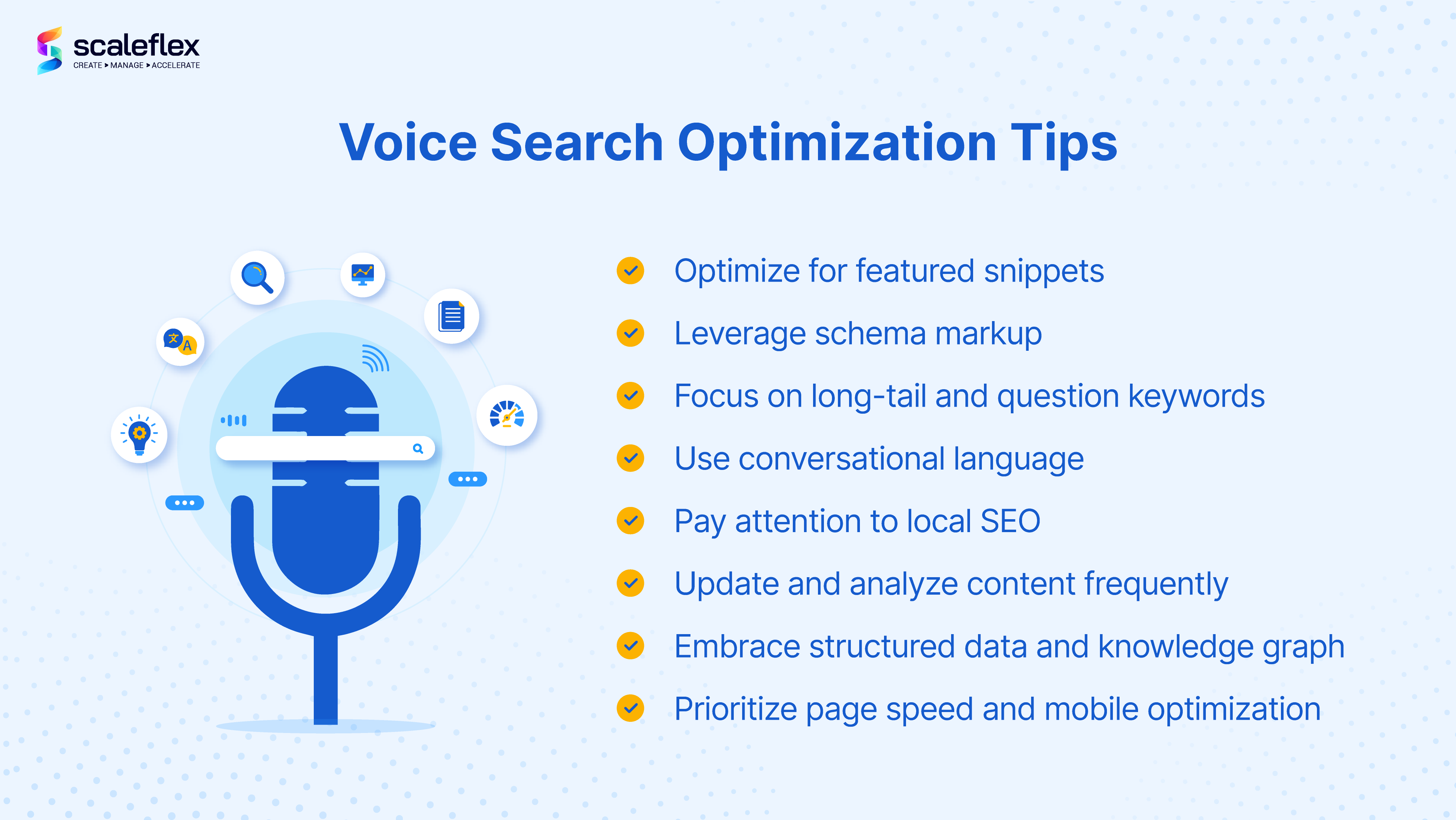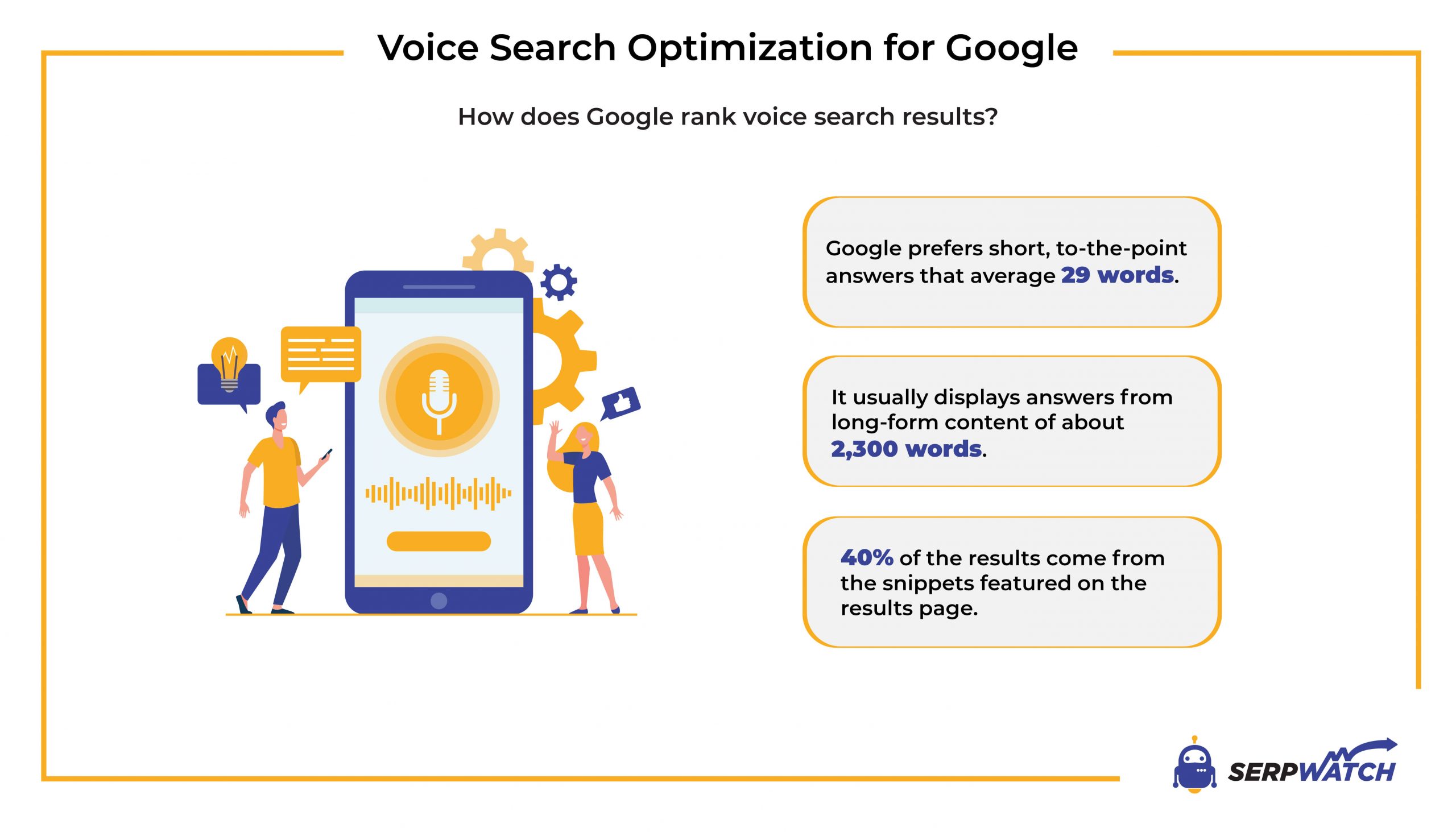To optimize content for voice search and featured snippets, focus on creating clear, concise, and conversational content that directly answers user questions using natural language and long-tail keywords. Structure your content with headers, lists, and schema markup to improve the chances of being selected for featured snippets, which voice assistants often read aloud.
Key strategies include:
- Intent-focused keyword research: Identify the specific questions your audience asks and tailor content to answer them clearly and succinctly.
- Use long-tail, conversational keywords: Voice searches tend to be longer and phrased as full questions or natural sentences, so incorporate these into your content.
- Create FAQ pages: FAQs are ideal for targeting common voice queries with concise answers.
- Structure content for featured snippets: Use clear headings, bulleted or numbered lists, tables, and concise definitions to help Google extract snippet content.
- Implement schema markup: Use structured data like HowToSection, FAQPage, or Product schema to help search engines understand your content and increase snippet eligibility.
- Optimize for local SEO: Since many voice searches are location-specific, include local keywords, Google Business Profile optimization, and local schema markup.
- Improve site speed and mobile-friendliness: Voice search users expect quick answers, so fast-loading, mobile-optimized sites perform better.
For example, a blog post answering “What are the best hotels in New York?” using natural language and structured lists with schema markup is more likely to appear in a featured snippet and be read aloud by voice assistants.
In summary, the best approach is to think like a user speaking naturally, answer their questions directly, and format your content to be easily parsed by search engines for featured snippets, which in turn boosts voice search visibility.





